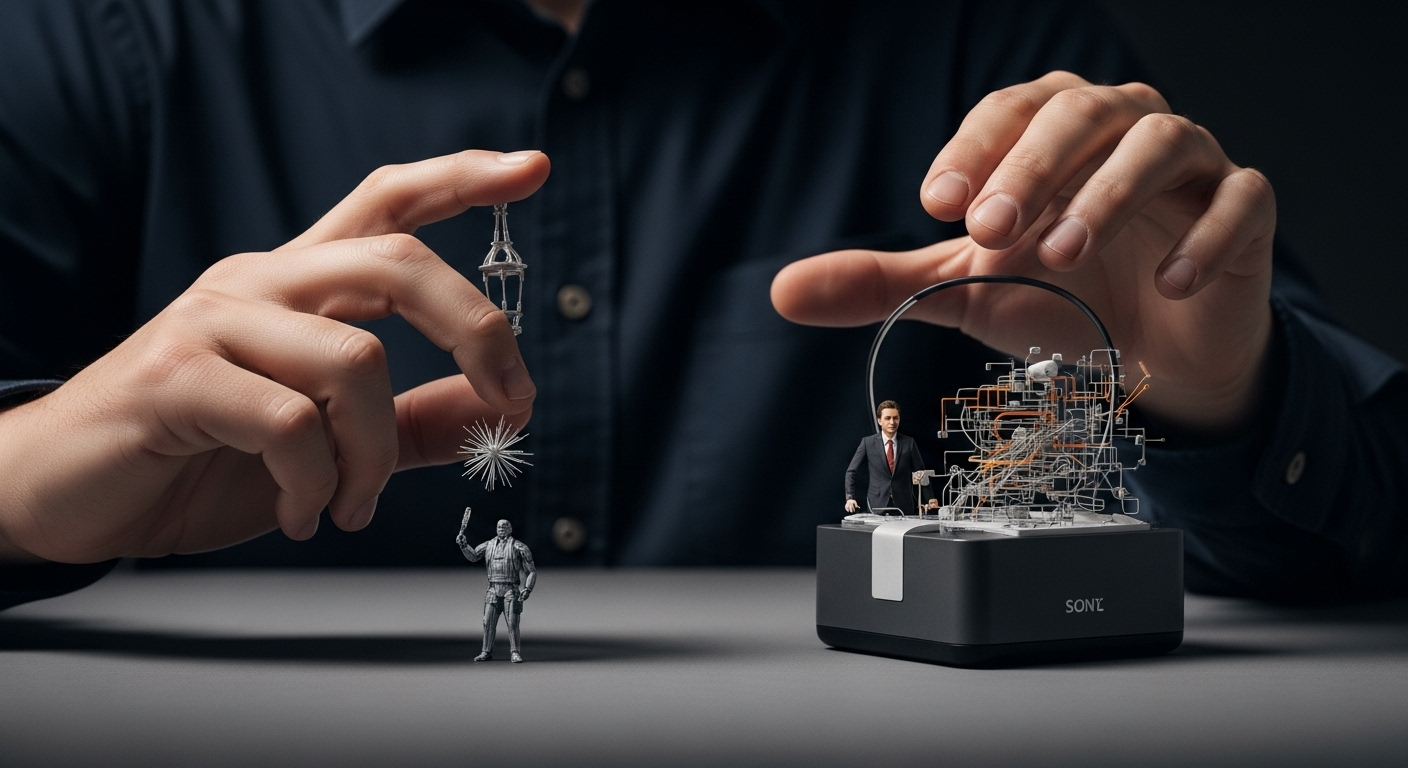Kinetic Sculptures: The Art of Motion
In a world inundated with static images and fixed forms, kinetic sculptures emerge as a captivating fusion of art and engineering. These dynamic creations breathe life into inanimate materials, challenging our perceptions and inviting us to explore the poetry of movement. From delicate mobiles that dance with the slightest breeze to monumental outdoor installations that harness the power of wind and water, kinetic sculptures represent a vibrant and evolving facet of contemporary art.

Calder’s iconic mobiles, first introduced in the 1930s, utilized carefully balanced elements suspended in air, creating graceful, ever-changing compositions. These works marked a significant departure from conventional sculpture, introducing the element of time and chance into the artistic experience. Tinguely, on the other hand, embraced mechanical motion, creating elaborate machine-like sculptures that whirred, clanked, and sometimes self-destructed, challenging notions of permanence and purpose in art.
The Physics of Artistic Expression
At the heart of kinetic sculpture lies a deep understanding of physics and engineering principles. Artists working in this medium must grapple with concepts such as balance, momentum, and energy transfer to bring their visions to life. The interplay between gravity, wind, and other natural forces becomes an integral part of the artistic process, often leading to unexpected and serendipitous results.
Many kinetic sculptors draw inspiration from nature, mimicking the fluid movements of plants, animals, or celestial bodies. Others explore more abstract concepts, using motion to express ideas about time, change, and the human condition. The technical challenges inherent in creating kinetic sculptures often push artists to collaborate with engineers, scientists, and technologists, fostering a unique interdisciplinary approach to art-making.
From Gallery to Public Space
While early kinetic sculptures were primarily confined to gallery settings, the genre has increasingly found its way into public spaces, transforming urban landscapes and natural environments. Large-scale kinetic installations now grace city squares, parks, and waterfronts around the world, offering passersby moments of wonder and contemplation in their daily lives.
One notable example is Anthony Howe’s ethereal wind-powered sculptures, which combine intricate metalwork with fluid, organic movements. These hypnotic creations, often towering several meters high, have become landmarks in their own right, drawing visitors and sparking conversations about the intersection of art, nature, and technology.
The Digital Revolution and Kinetic Art
The advent of digital technologies has opened up new frontiers for kinetic sculpture, allowing artists to incorporate sensors, motors, and computer-controlled elements into their works. This fusion of traditional sculptural techniques with cutting-edge technology has given rise to interactive installations that respond to viewers’ presence or environmental stimuli, blurring the lines between art, performance, and experience.
Artists like Theo Jansen have taken this concept even further, creating autonomous kinetic sculptures that can move and adapt to their surroundings. Jansen’s Strandbeests, wind-powered skeletal creatures that roam beaches, embody a vision of art that is alive and evolving, challenging our understanding of what sculpture can be.
The Future of Movement in Art
As we look to the future, kinetic sculpture continues to evolve, embracing new materials, technologies, and concepts. The rise of sustainable and eco-friendly art practices has led some artists to explore kinetic sculptures powered by renewable energy sources or designed to highlight environmental issues. Others are experimenting with nanomaterials and smart fabrics, creating sculptures that can change shape or color in response to external stimuli.
The growing interest in virtual and augmented reality also presents intriguing possibilities for kinetic art, potentially allowing for the creation of digital sculptures that exist in both physical and virtual spaces. As these technologies advance, we may see a new generation of kinetic sculptures that seamlessly blend the tangible and the digital, offering immersive experiences that challenge our perceptions of reality and movement.
In conclusion, kinetic sculpture stands as a testament to the enduring human fascination with motion and change. By bringing movement into the realm of visual art, these dynamic creations invite us to see the world around us in new ways, celebrating the beauty of motion and the endless possibilities of artistic expression. As technology continues to advance and artists push the boundaries of what’s possible, kinetic sculpture is poised to play an increasingly significant role in shaping the future of contemporary art.





